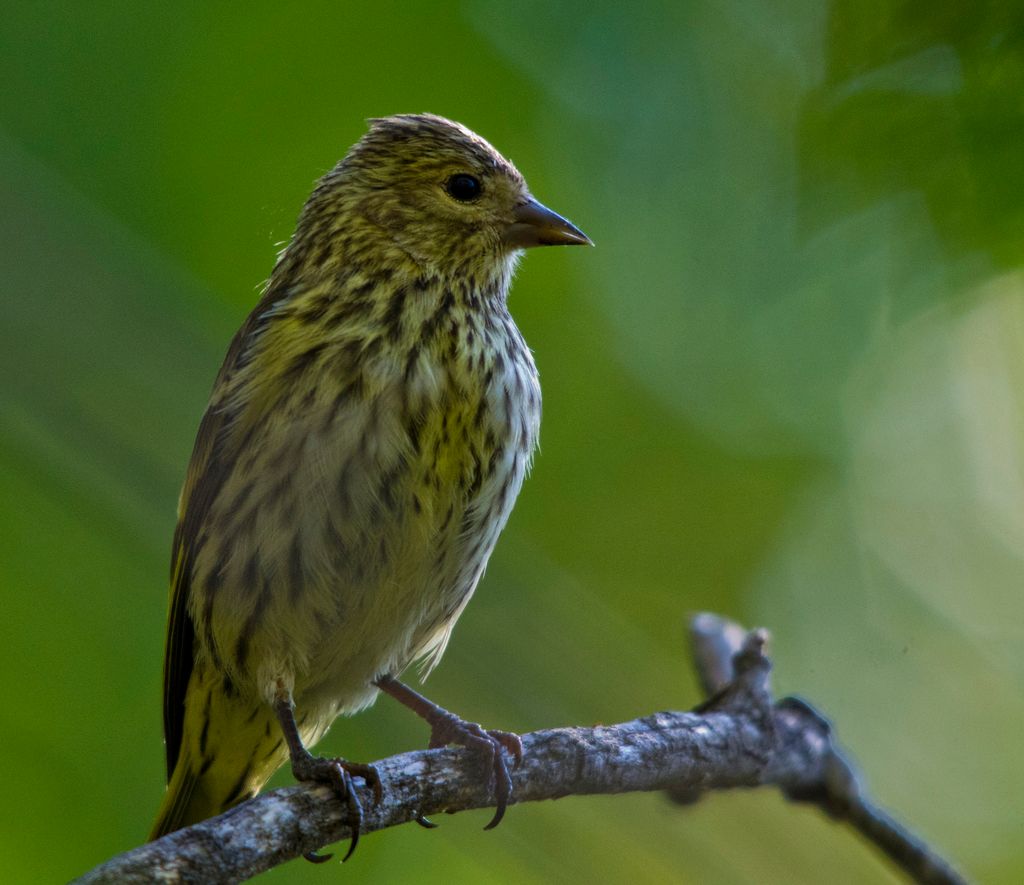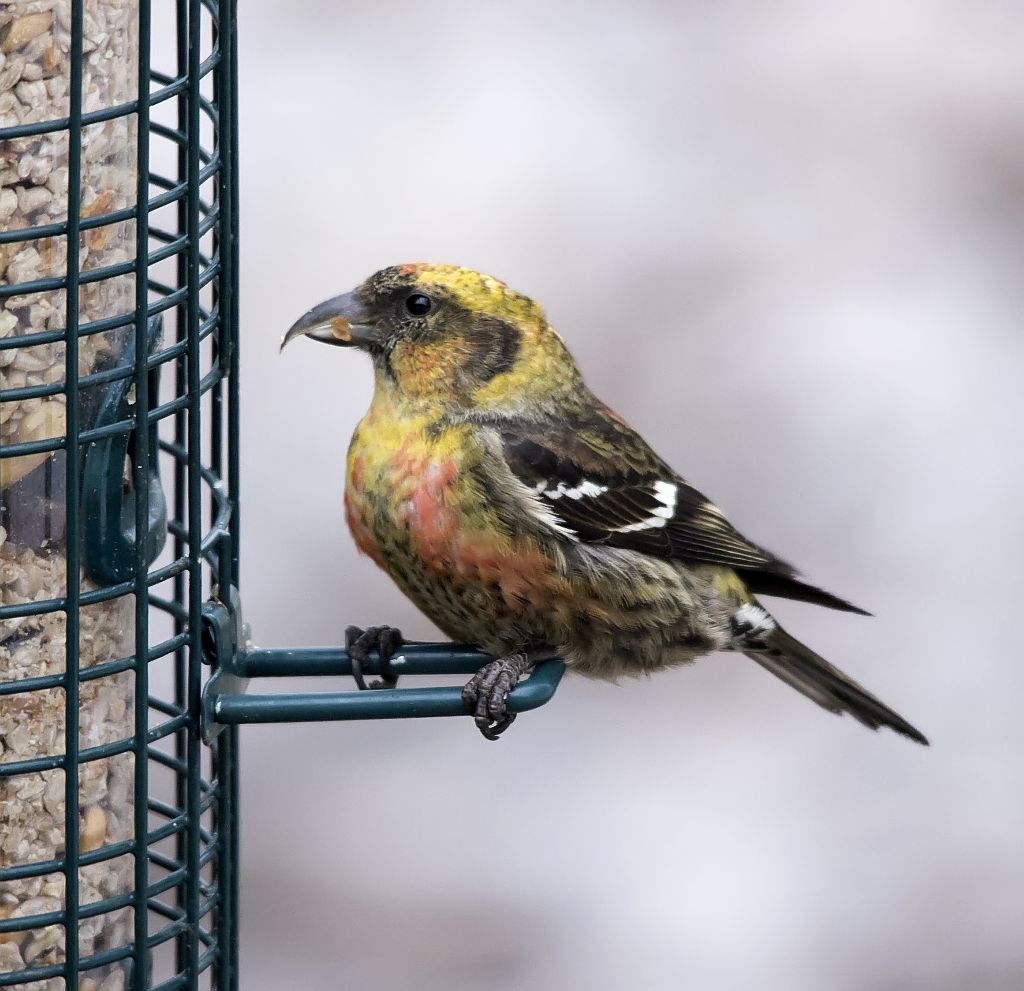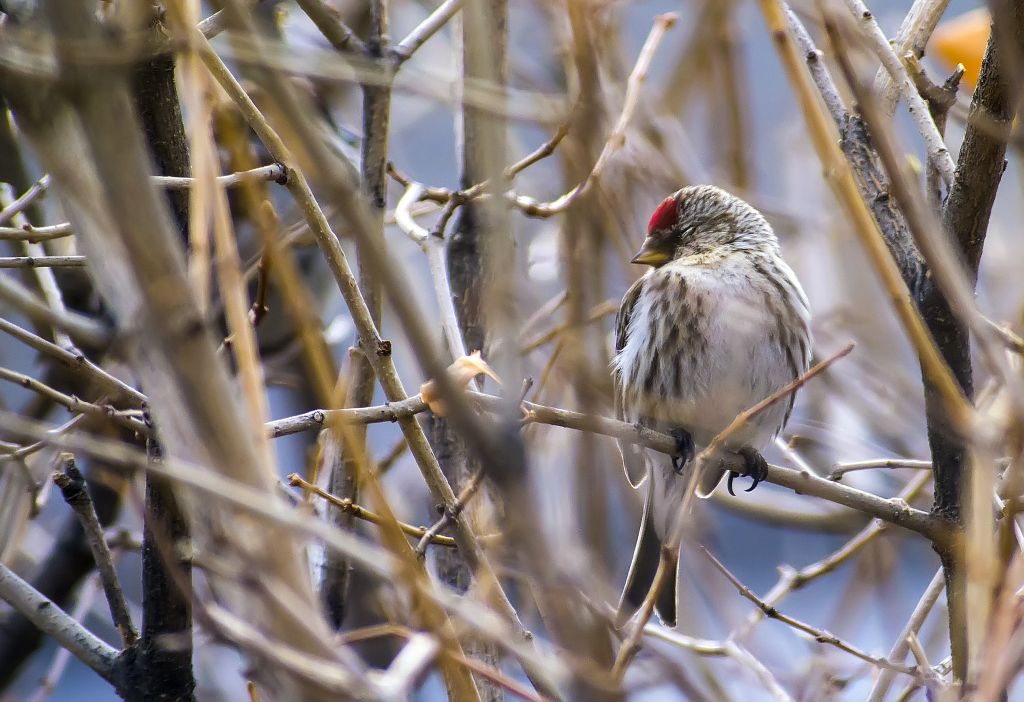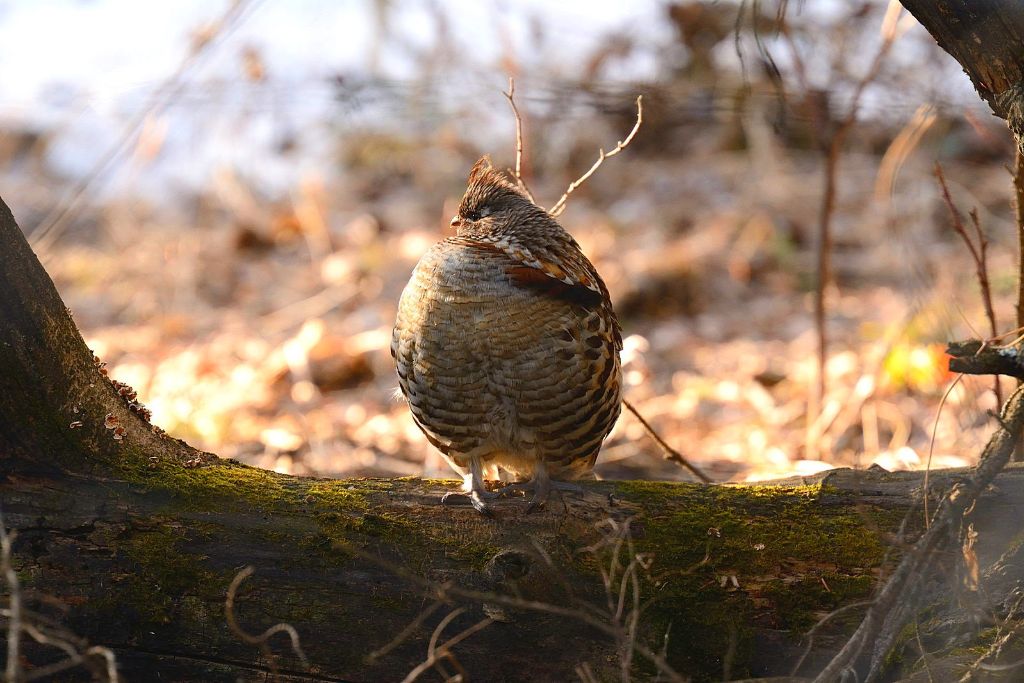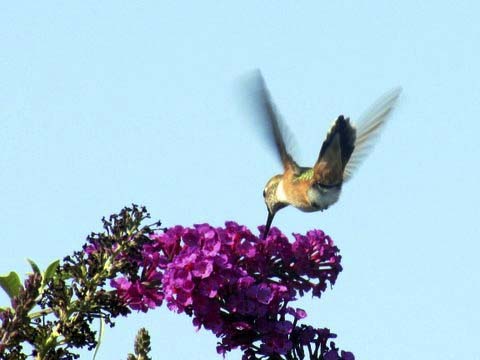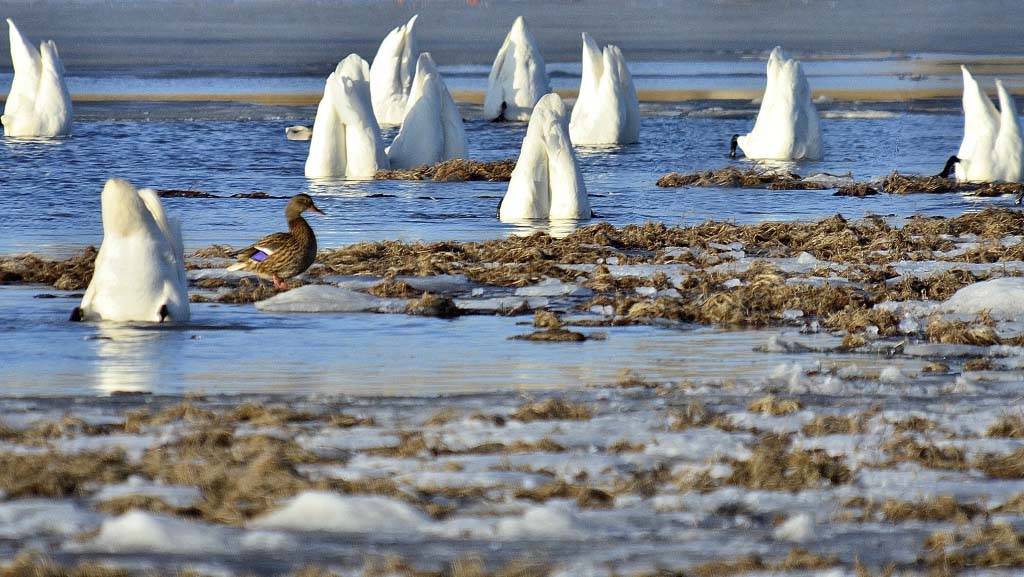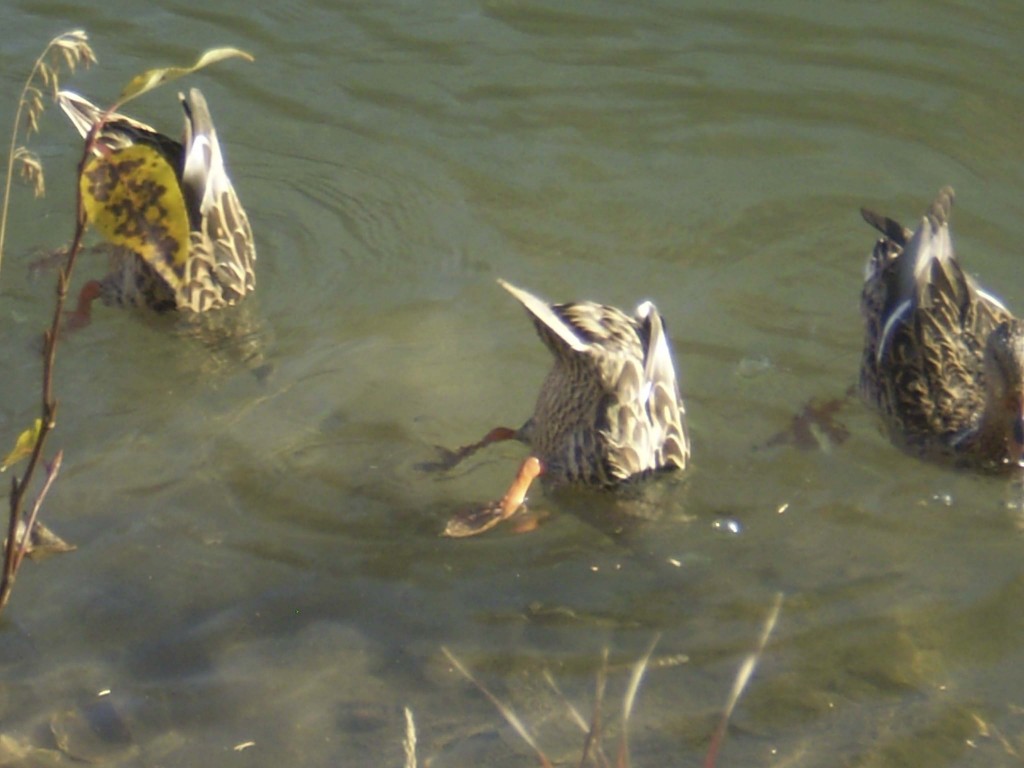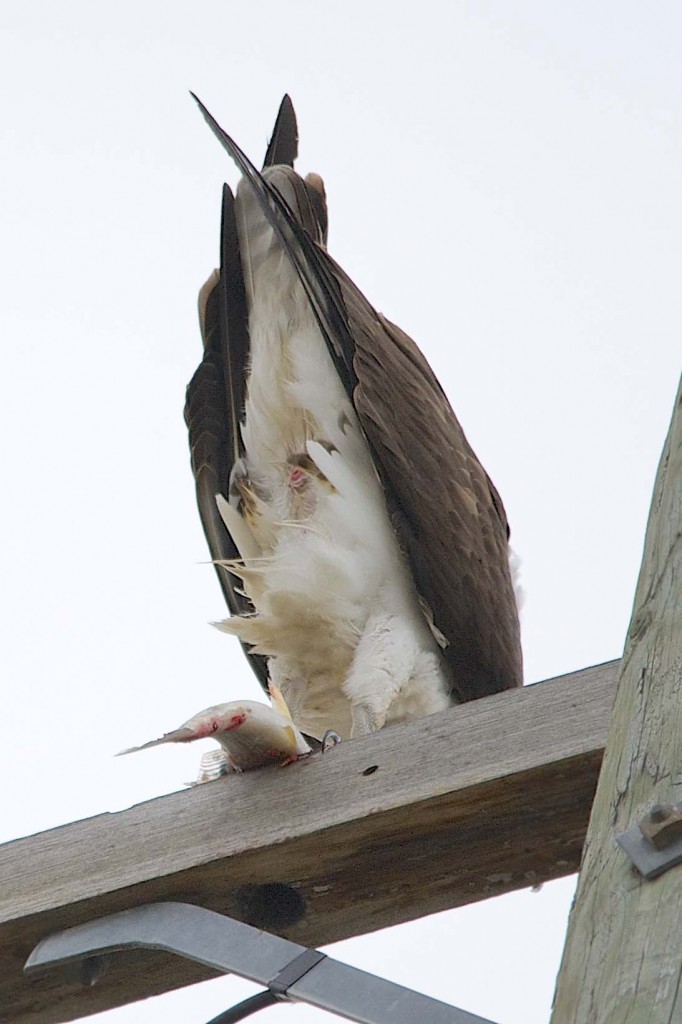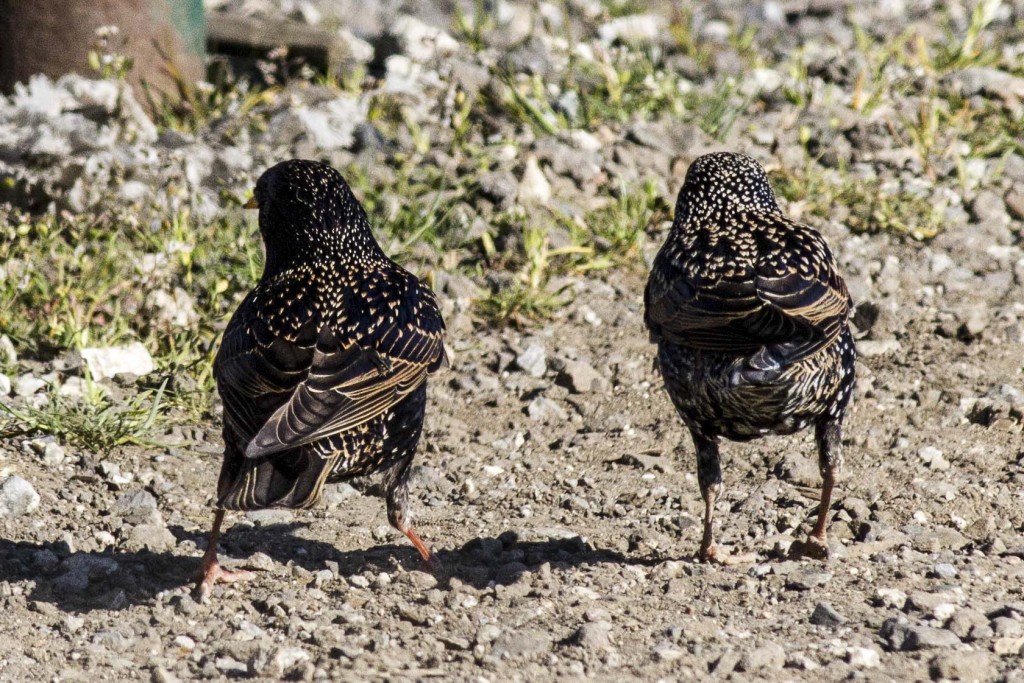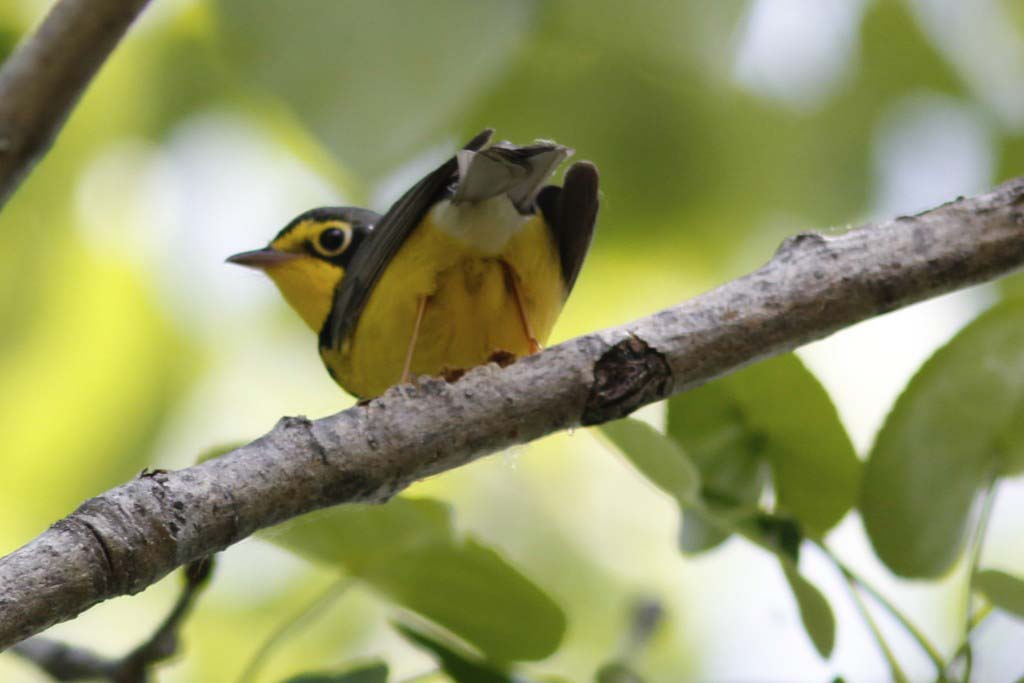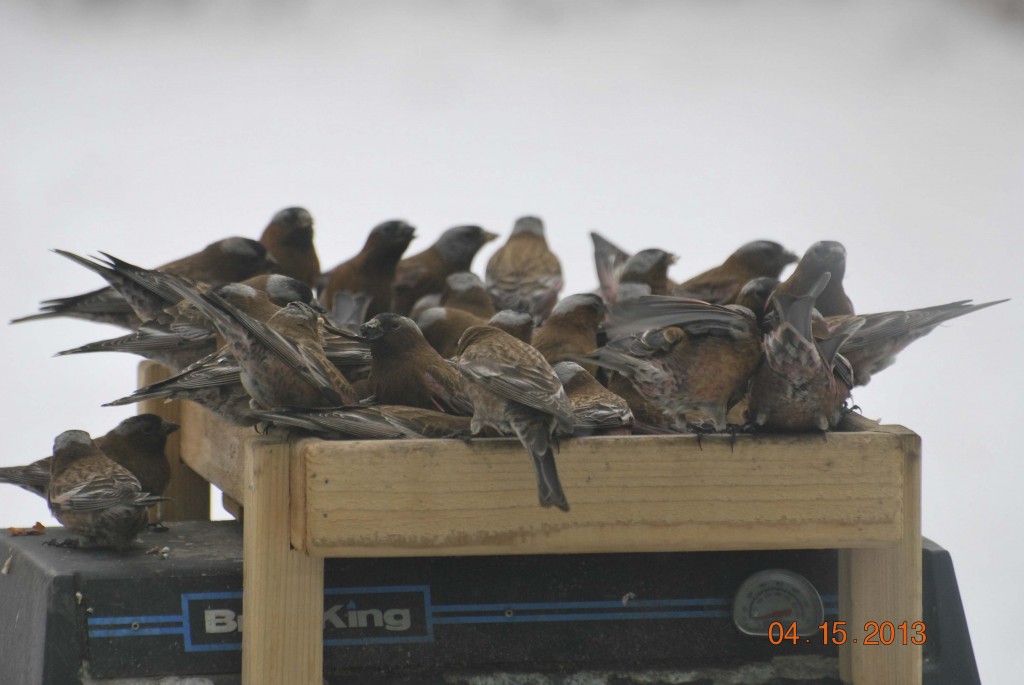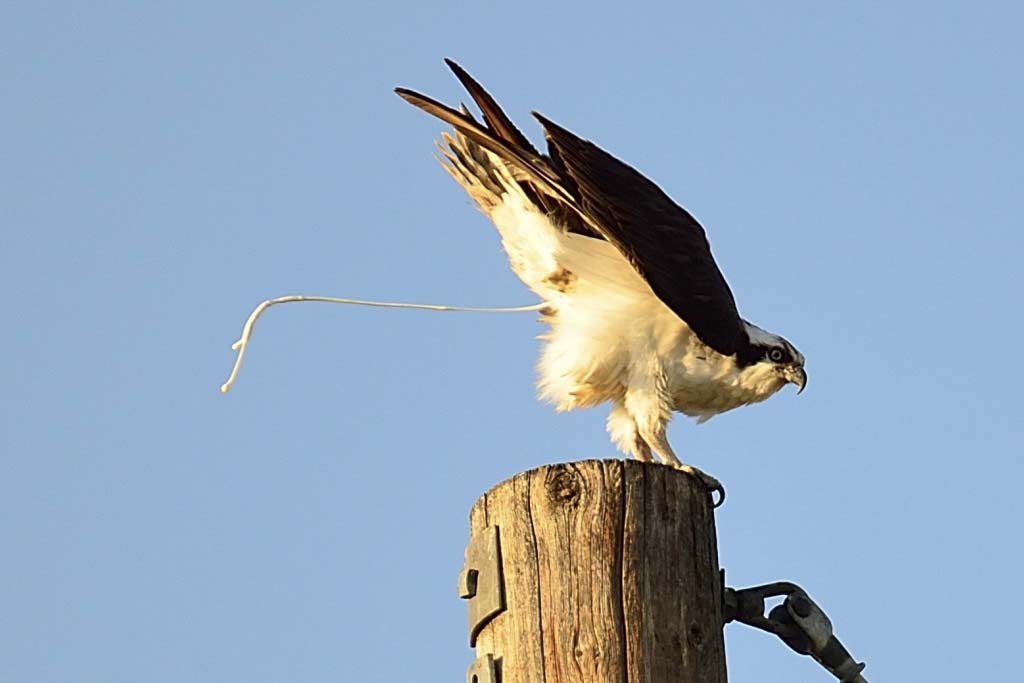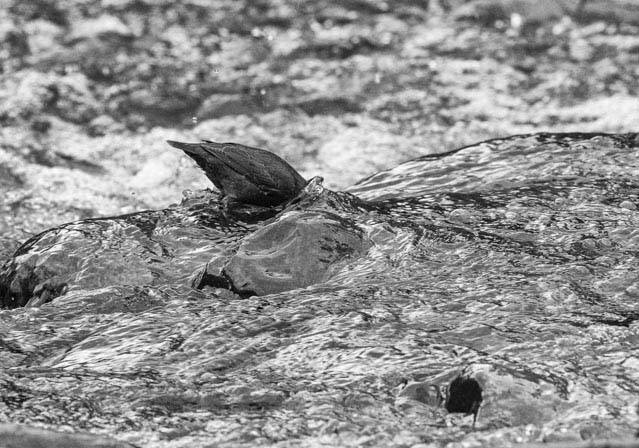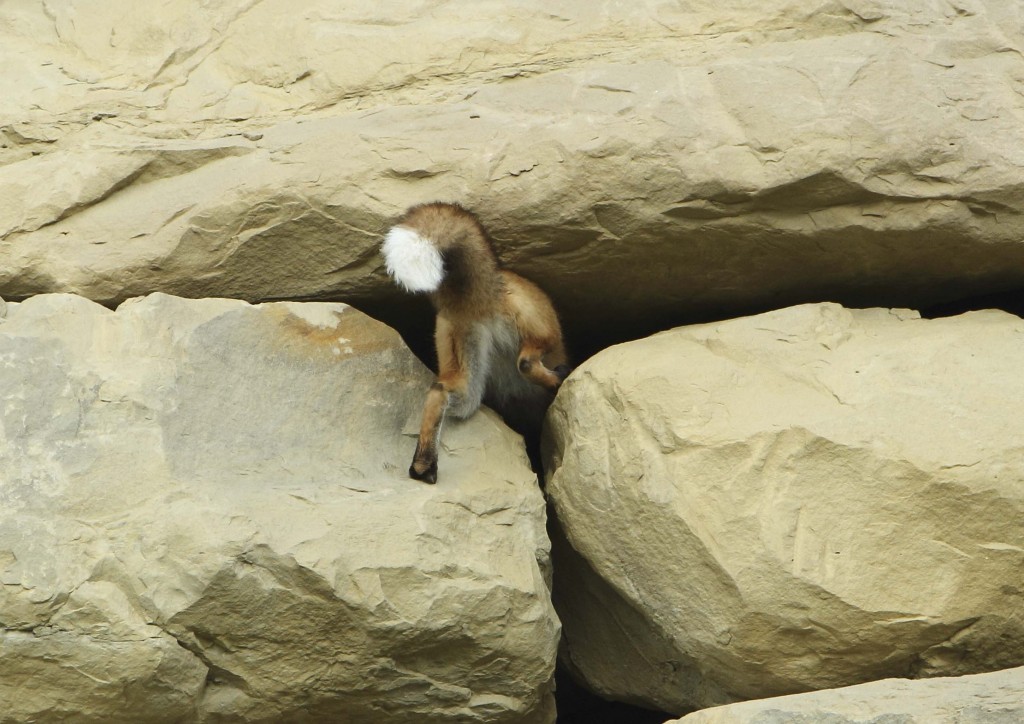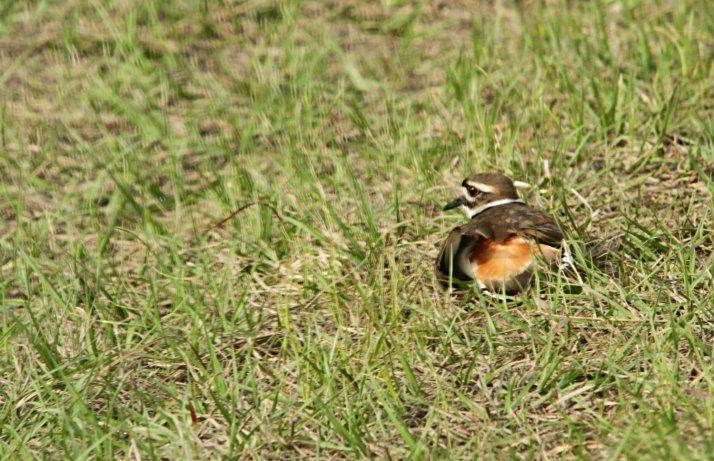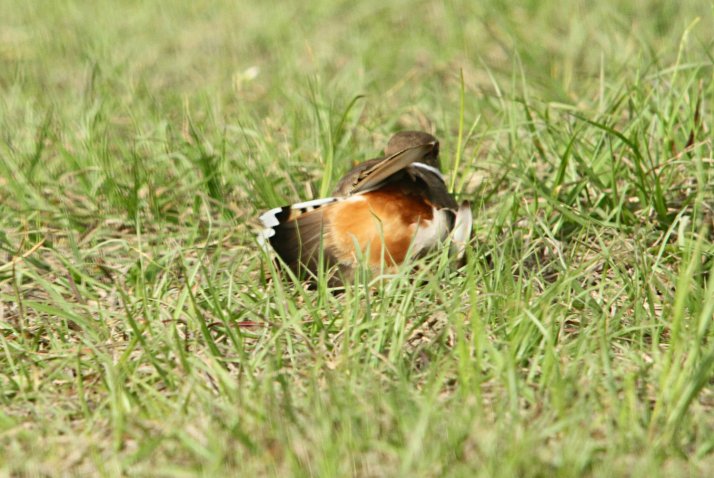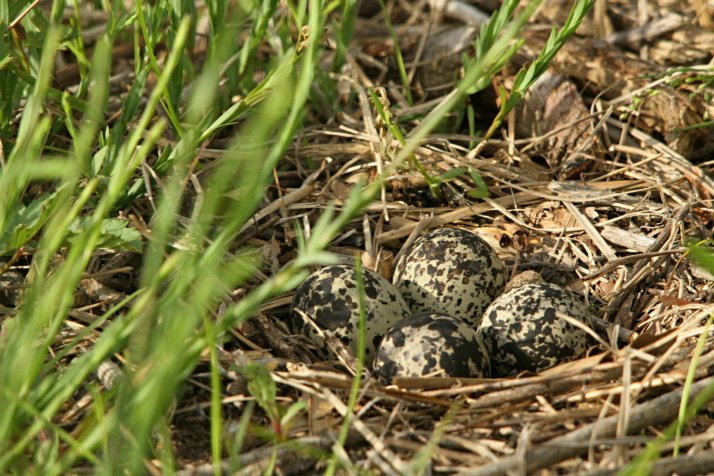Posted by Bob Lefebvre
On one of our Friends of Fish Creek birding course field trips last fall, we were treated to an amazing chase in the Weaselhead Nature Area. We were in the woods just past the bridge over the Elbow River when I heard the distinctive rattle of a Belted Kingfisher. We hurried back to the river to try to see this bird, which, given the late date (November 8) was likely attempting to overwinter in Calgary, as they sometimes do.
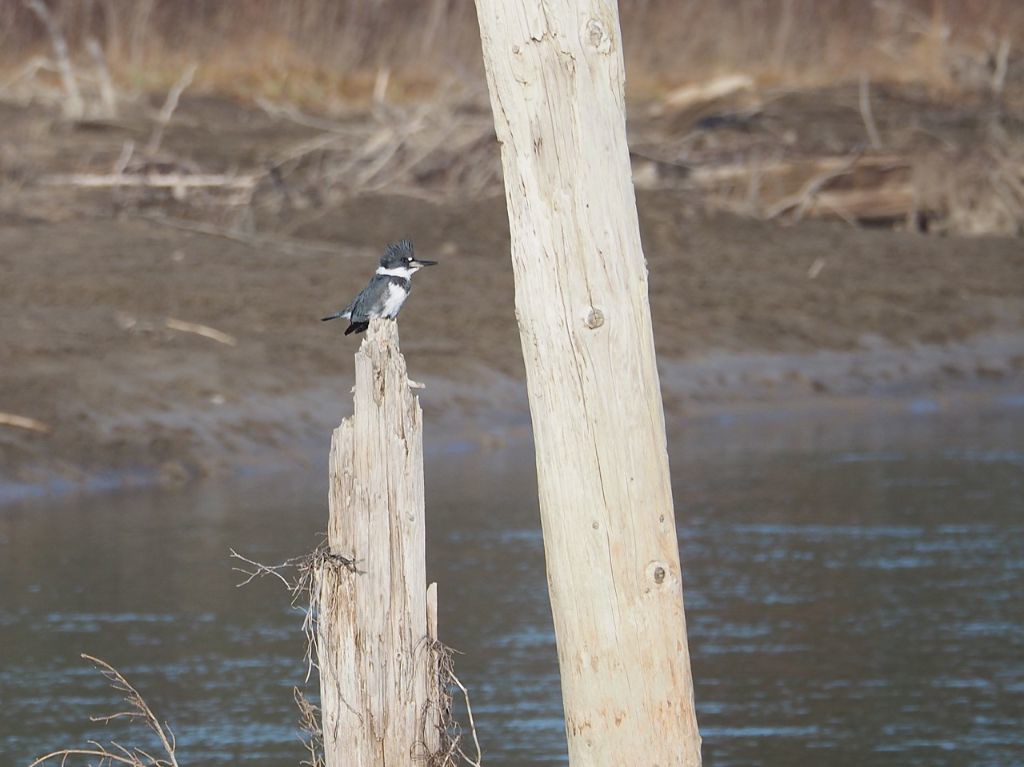
Belted Kingfisher (male) perched bedside the Elbow River, Weaselhead, November 8, 2014. Photo by Trevor Churchill
Suddenly the Kingfisher took flight, and a small hawk appeared and gave chase. We later identified it as a Sharp-shinned Hawk. In all, it tried five times to catch the Kingfisher out of the air, with a short break between attempts three and four, during which both birds rested on nearby perches. The Kingfisher actually moved to a perch closer to the Hawk, apparently to keep a better eye on its movements.
The amazing part of this chase was the the Kingfisher escaped each time the Hawk got really close by splashing down in the river! Then the Hawk would pass by, and the Kingfisher would emerge form the water, calling loudly. Of course, Kingfishers hunt in this way, diving into the water after small fish, but Sharpies are used to catching their prey in the air. The Hawk didn’t want to get its feet wet, and never managed to get its meal.
A couple of the people on our walk got a few photos of this encounter.
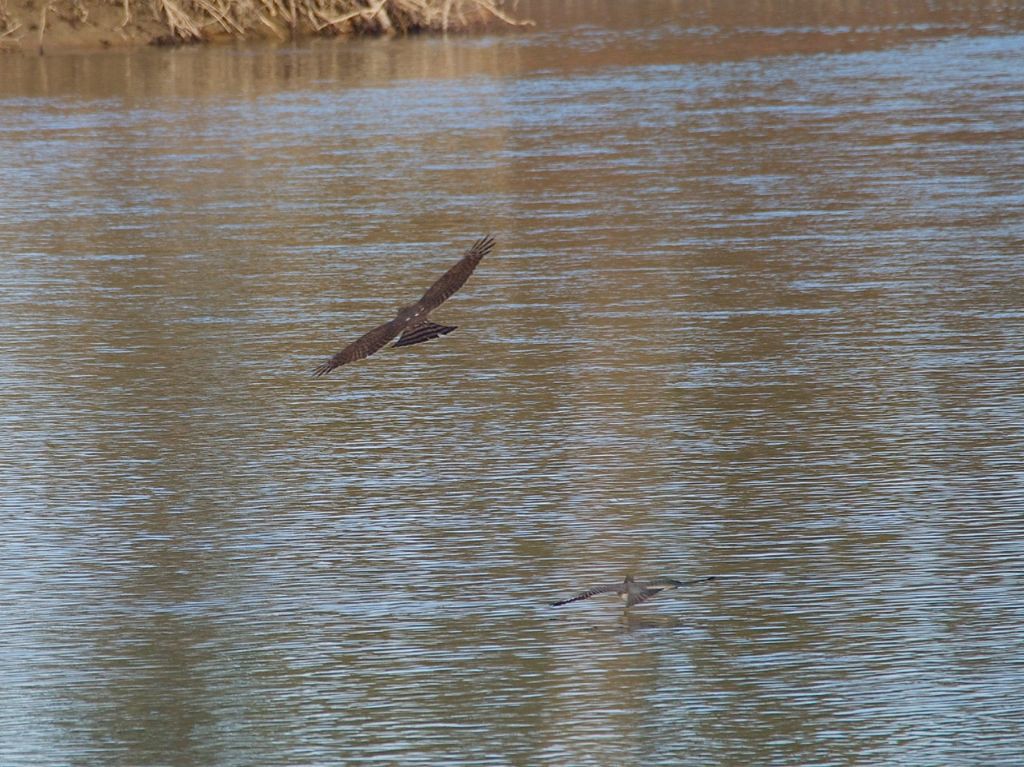
Sharp-shinned Hawk (above) and Belted Kingfisher (below). Weaselhead, November 8, 2014. Photo by Trevor Churchill
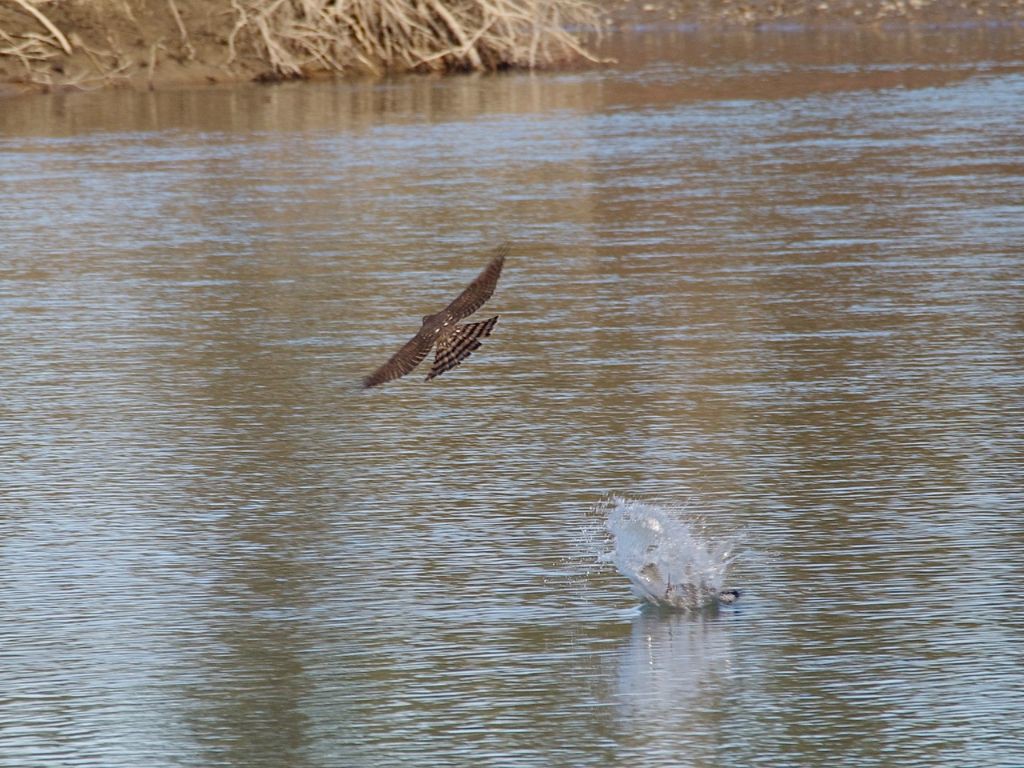
Kingfisher splashdown! Photo by Trevor Churchill
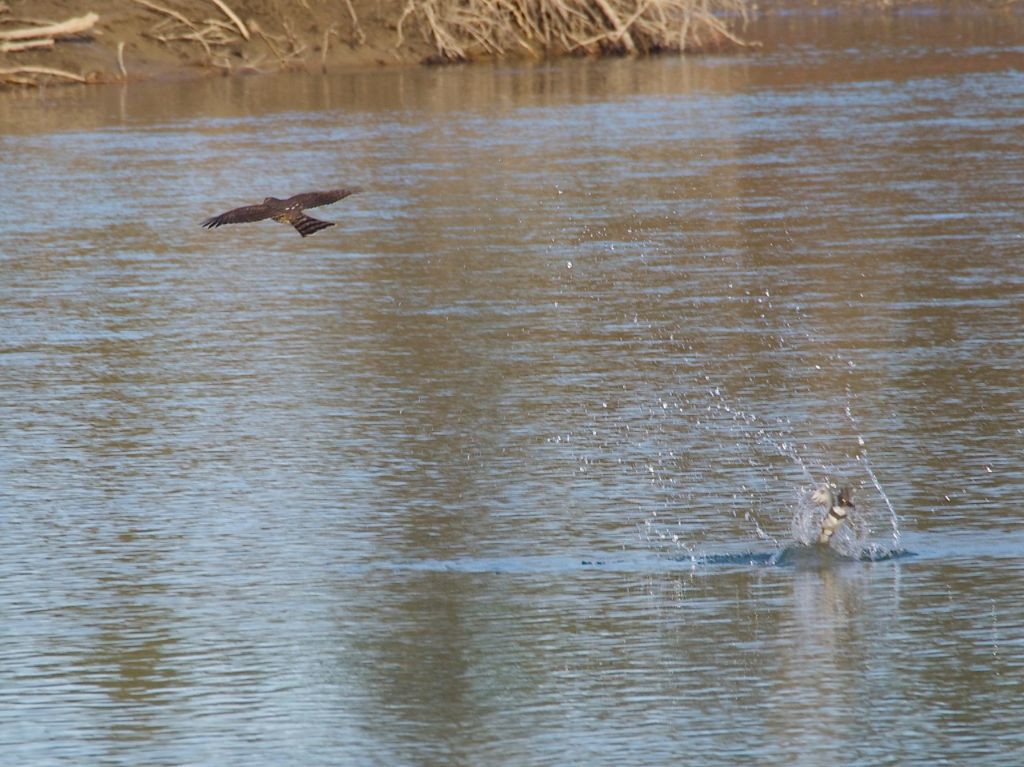
Photo by Trevor Churchill
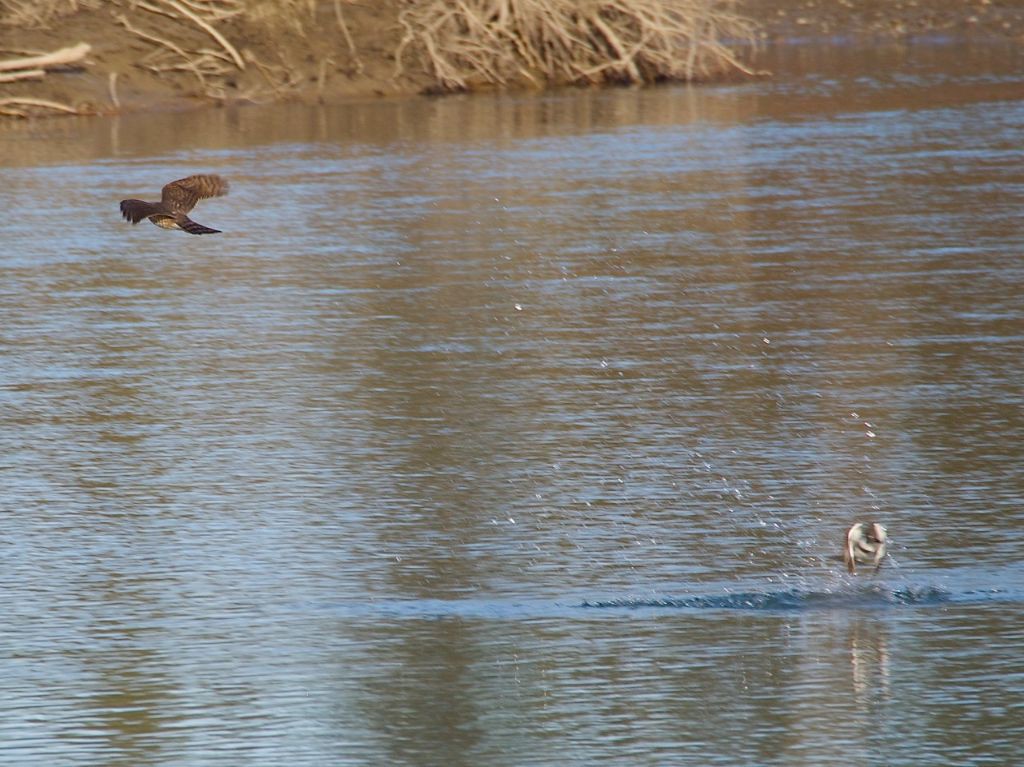
Photo by Trevor Churchill
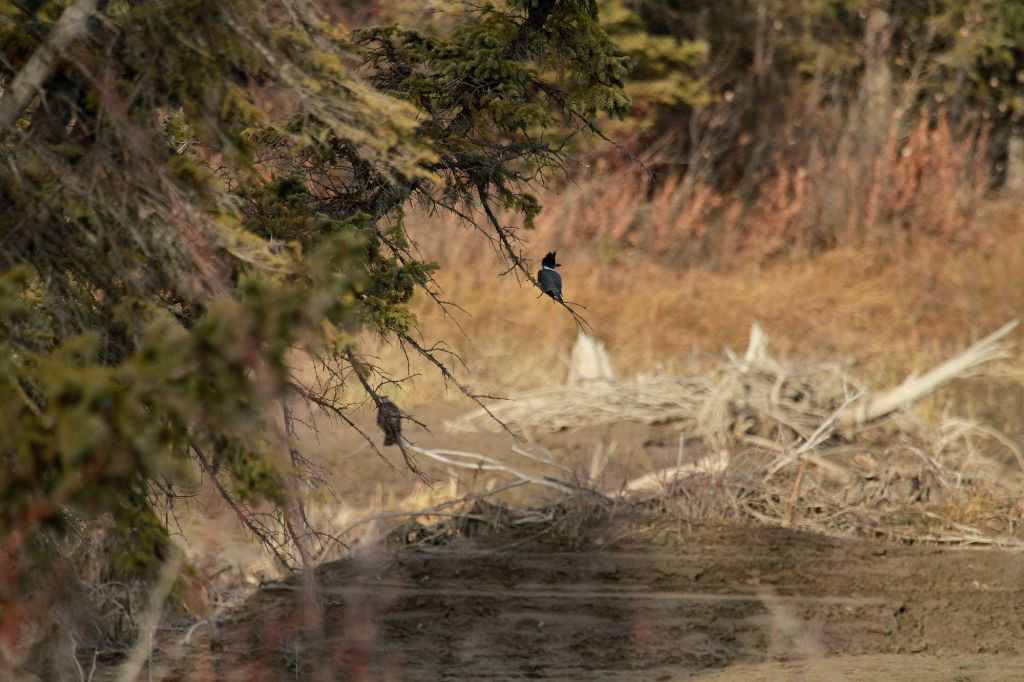
Resting for the next attack. Photo by Tamas Szabo
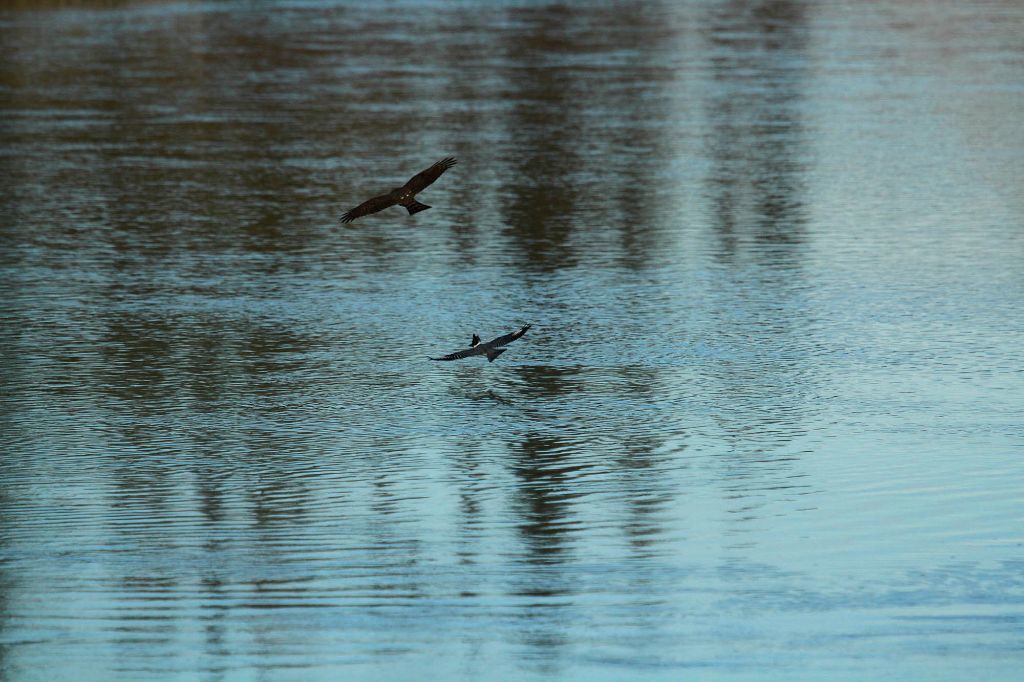
Another try. Photo by Tamas Szabo

Photo by Tamas Szabo
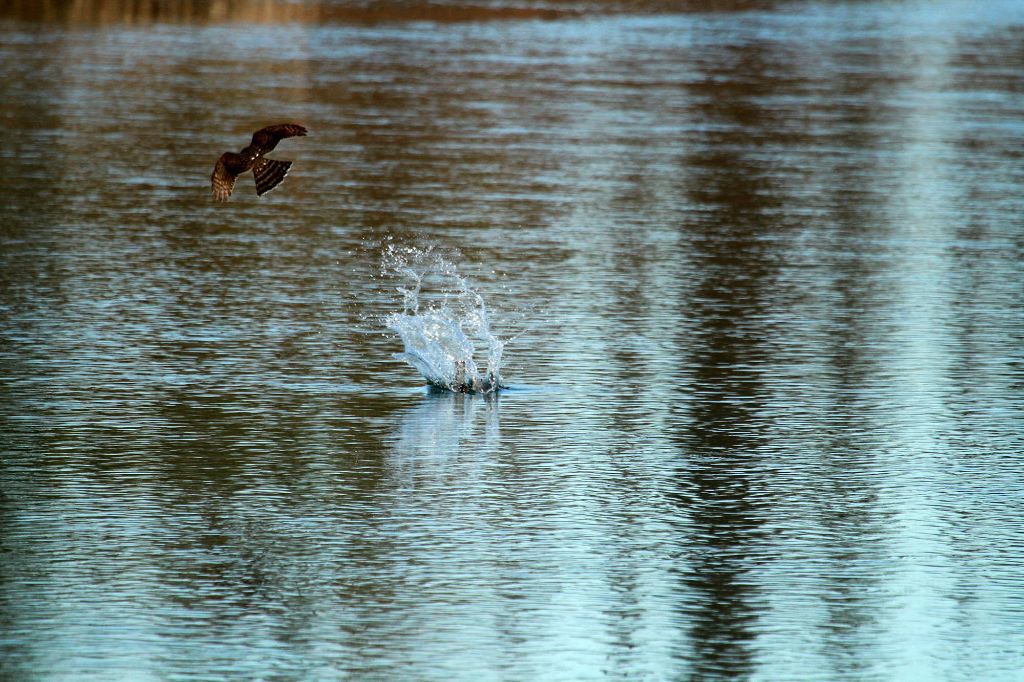
Photo by Tamas Szabo
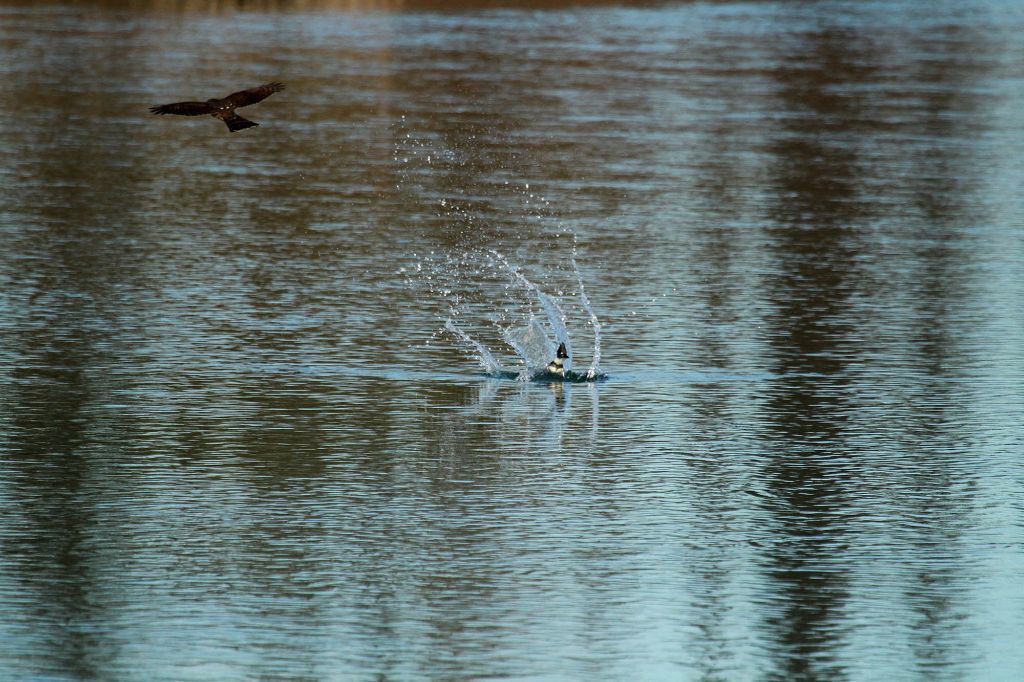
Photo by Tamas Szabo
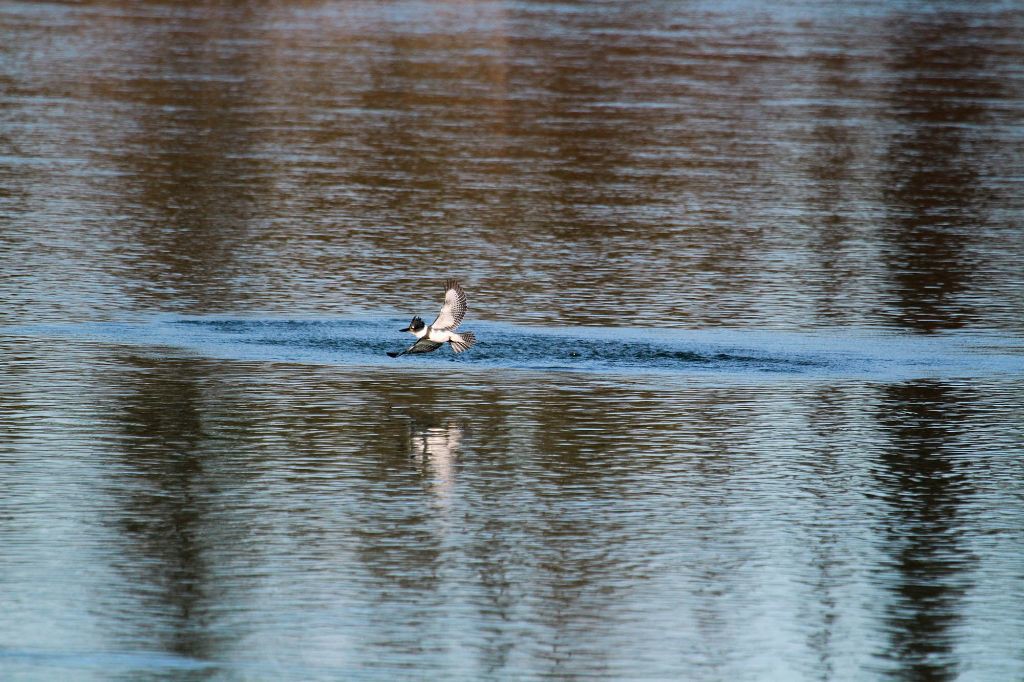
Photo by Tamas Szabo
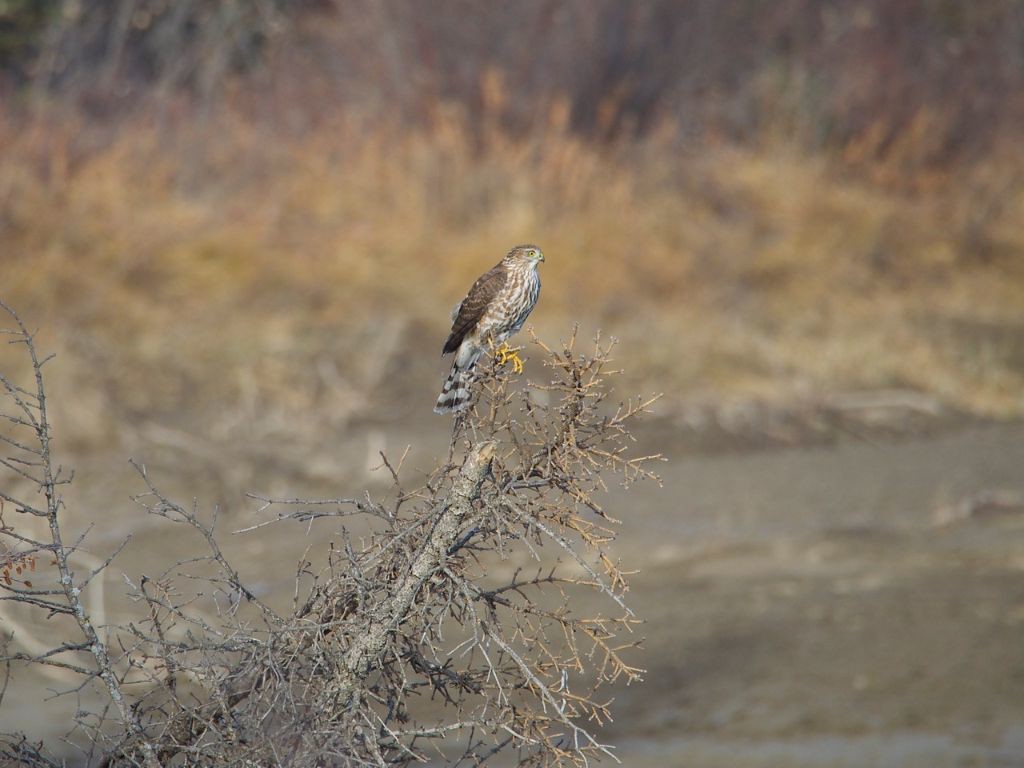
A hungry and frustrated Sharp-shinned Hawk. Photo by Trevor Churchill
The 12-week Spring session of the Friends of Fish Creek birding course begins on March 30, 2015. See this post for more information.














